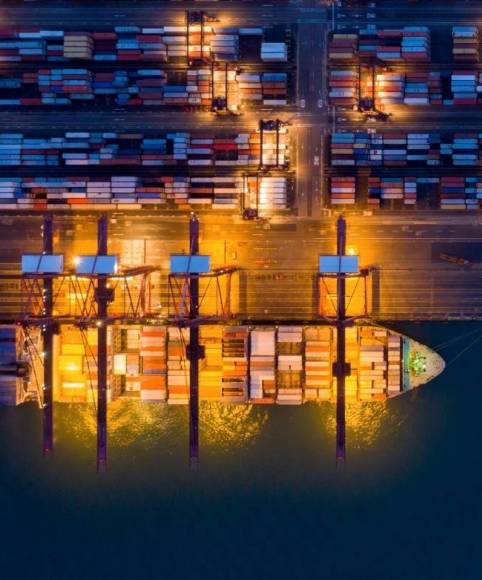How VAT Works for Non-EU Businesses Selling in the EU
Explect, June 24, 2024
How VAT Works for Non-EU Businesses Selling in the EU
When a business outside the European Union (EU) wants to sell products or services within the EU, understanding Value Added Tax (VAT) is crucial. VAT is a consumption tax applied to most goods and services in the EU. This article outlines the key points non-EU businesses need to know about VAT compliance when selling in the EU.
1. Understanding VAT Basics
VAT is a tax on the value added to goods and services at each stage of production and distribution. It is ultimately paid by the end consumer, but businesses collect and remit it to the tax authorities.
2. When VAT is Applicable
As a non-EU business, VAT becomes relevant in the following scenarios:
- Distance Selling: Selling goods directly to consumers in the EU.
- Digital Services: Providing digital services such as software, streaming, or e-books to EU consumers.
- Importing Goods: Importing goods into the EU for distribution.
3. VAT Registration
To comply with EU VAT regulations, non-EU businesses must register for VAT in the EU. This involves:
- Identifying the Country: Register for VAT in the EU country where your goods are stored or where your customers are located.
- Obtaining a VAT Number: Apply for a VAT number through the tax authorities of the relevant EU country. This number is essential for reporting and remitting VAT.
4. Distance Selling Thresholds
Each EU country has a distance selling threshold, above which non-EU businesses must register for VAT in that country. As of July 1, 2021, the thresholds were replaced by a unified EU-wide threshold of €10,000 for all EU sales. If your total sales to the EU exceed this amount, you must register for VAT in each country where you sell.
5. Import One-Stop Shop (IOSS)
The Import One-Stop Shop (IOSS) simplifies VAT for non-EU businesses selling low-value goods (up to €150) to EU customers:
- Single Registration: Register for IOSS in one EU country and use that registration for all EU sales.
- Simplified Reporting: Report and remit VAT through a single IOSS return.
6. Collecting and Remitting VAT
Once registered, you must:
- Charge VAT: Apply the appropriate VAT rate at the point of sale. VAT rates vary by country and product type.
- File VAT Returns: Submit regular VAT returns to the tax authorities in the countries where you are registered. This involves reporting total sales, VAT collected, and VAT owed.
- Pay VAT: Remit the collected VAT to the relevant tax authorities by the due date.
7. Handling VAT on Imports
For goods imported into the EU:
- Customs Declarations: Declare the import and pay VAT at the point of entry into the EU.
- VAT Deferral: In some countries, you can defer the payment of import VAT until your regular VAT return, improving cash flow.
8. Compliance and Record-Keeping
Maintaining compliance with VAT regulations requires diligent record-keeping:
- Accurate Records: Keep detailed records of all sales, VAT collected, and VAT paid.
- Retention Period: Retain these records for at least ten years, as required by EU regulations.
- Regular Audits: Conduct regular audits to ensure your VAT processes are accurate and compliant.

Are you leaving the website already?
Didn't find what you were looking for?
We are happy to help you, ask your question below
